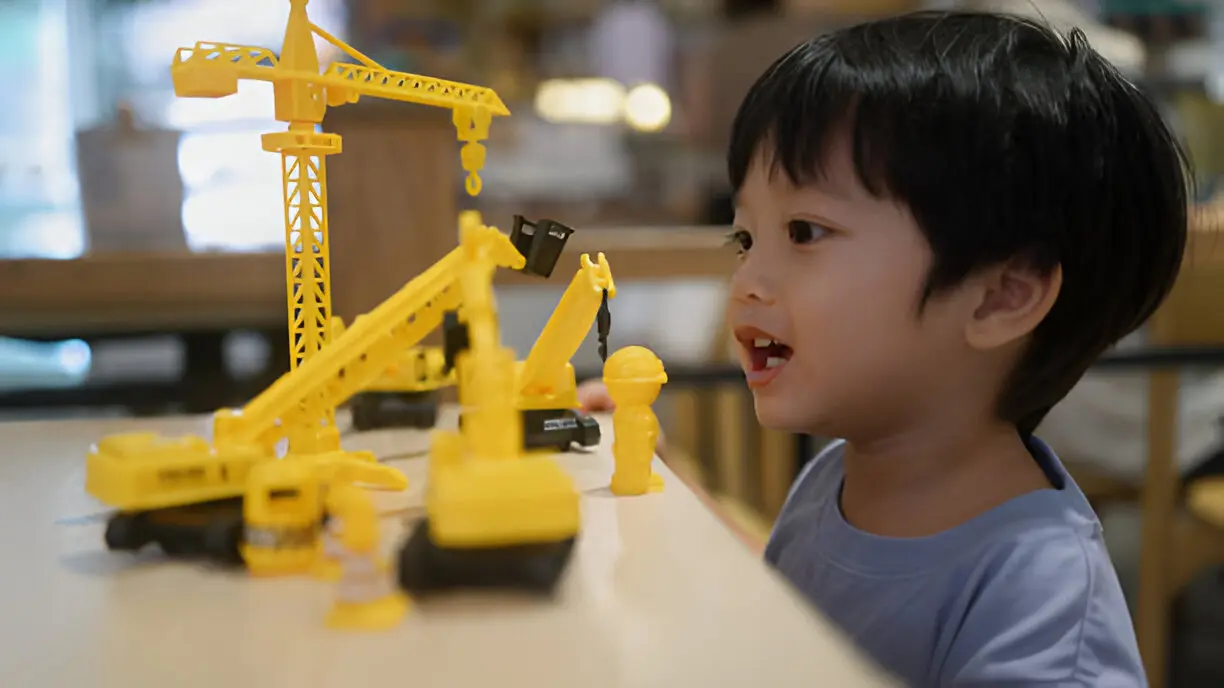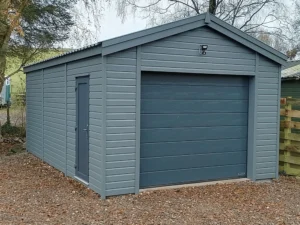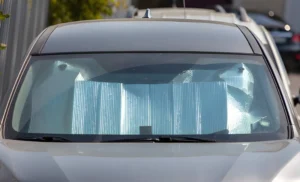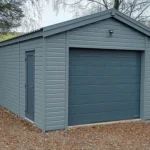Shopping for construction toys when you’ve got a three-year-old is like navigating a minefield of choking hazards and overpriced plastic. I learned this the hard way when my nephew almost swallowed a tiny Lego wheel last Christmas. Shop construction toys for 3-year-olds requires way more thought than you’d expect because their developmental needs are so specific at this age. They want to build and create, but their fine motor skills and understanding of safety are still developing. The good news is that once you know what to look for, you can find amazing toys that actually help them grow while keeping them safe.
Start With Age-Appropriate Size Guidelines
The most important thing to check is piece size. Three-year-olds are still putting things in their mouths, so anything smaller than a toilet paper tube opening is potentially dangerous. The Consumer Product Safety Commission uses a “small parts test cylinder” that’s about 1.25 inches wide – if a piece fits through that, it’s too small.
I use the “fist test” when shopping – if the piece is smaller than my three-year-old’s closed fist, I skip it. This isn’t foolproof, but it’s a good quick check. Duplo blocks are perfect for this age because they’re specifically designed to be too big to swallow but still manageable for little hands.
Research from pediatric development specialists shows that three-year-olds need pieces they can grasp easily with their whole hand, not just fingertips. Their pincer grip is still developing, so tiny connectors and small screws are frustrating rather than fun.
Look for Open-Ended Building Systems
The best construction toys for three-year-olds don’t have one “right” way to build. They should be able to stack, connect, and arrange pieces however their imagination leads them. Toys with predetermined outcomes often end up collecting dust because kids this age want to experiment.
Magnetic building tiles are fantastic for this. My friend’s daughter can spend hours making towers, houses, and weird abstract sculptures with the same set of pieces. The magnetic connections are forgiving – if something doesn’t work, she can easily take it apart and try something else.
Avoid construction sets with complex instruction manuals. Three-year-olds can’t follow multi-step directions yet, and trying to build something “correctly” often leads to frustration and meltdowns.
Check Material Safety and Durability
Not all plastic is created equal, especially for toys that are going to get thrown, stepped on, and probably chewed on. Look for toys made from BPA-free, non-toxic materials. The better manufacturers actually advertise this information prominently.
Wood construction toys are often safer and more durable, but make sure they’re finished with child-safe paints and stains. I’ve seen wooden blocks with splinters or rough edges that could hurt little fingers.
Testing labs have found that cheaper construction toys sometimes contain lead paint or other toxic materials. Stick with established brands that have third-party safety testing, even if they cost more upfront.
Consider Fine Motor Development Needs
Three-year-olds are developing the hand strength and coordination they’ll need for writing and other precise tasks later. Construction toys should challenge these skills without being too difficult.
Large interlocking blocks work well because they require some force to connect but aren’t too fiddly. Stacking toys help with hand-eye coordination. Avoid anything that requires threading small pieces or precise alignment – that’s too advanced for most three-year-olds.
Occupational therapists recommend construction toys that provide resistance when connecting or stacking. This helps build the small muscles in hands and fingers.
Think About Storage and Cleanup
This might sound practical rather than fun, but trust me – toys that are easy to clean up get played with more. Three-year-olds can help put away toys that have obvious storage solutions.
Look for construction sets that come with storage containers or that stack neatly. Toys with hundreds of tiny pieces that scatter everywhere become a nightmare for parents and often get banned from certain rooms.
Test the Frustration Factor
Three-year-olds have very low tolerance for frustration. If a toy is too difficult or pieces don’t connect easily, they’ll give up and move on to something else. When possible, test how the pieces work together before buying.
Also Read-Creative Programs for Building Life Skills










